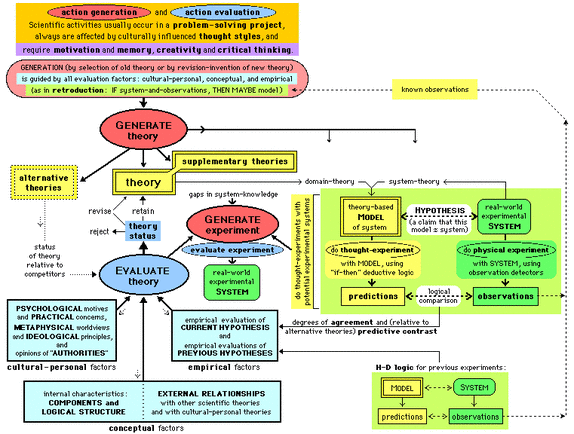

The discrepancy is that ‘all 1000 women should have been using a pill, but none is doing so. Non-Research Problems ExamplesĪ recent survey in town- A found that 1000 women were continuous users of contraceptive pills.īut last month’s service statistics indicate that none of these women were using contraceptive pills (Fisher et al. Hence it is not a problem that needs research. Similarly, the reasons for the sudden rise in prices of many essential commodities following the announcement of the budget by the Finance Minister need no investigation. The cholera outbreak, for example, following a severe flood, is a common phenomenon in many communities. The answer to any question raised in a non-research setting is almost always obvious. It is a managerial or built-in problem that may be solved at the administrative or management level.

Intuitively, a non-researchable problem consists of vague details and cannot be resolved through research. In contrast, the non-research problems do not need to go through these processes.Ī non-research problem does not require any research to arrive at a solution.
CONCEPT PRACTICE STEPS IN THE SCIENTIFIC METHOD MAP VERIFICATION
Intuitively, researchable problems are those that have a possibility of thorough verification investigation, which can be effected through the analysis and collection of data. Keeping this point in mind, we must draw a line between research and non-research problems. We have countless problems around us, but all we encounter do not qualify as research problems thus, these do not need to be researched. The first and foremost task in the entire process of scientific research is to identify a research problem.Ī well-identified problem will lead the researcher to accomplish all-important phases of the research process, from setting objectives to selecting the research methodology.īut the core question is: whether all problems require research. As a proposed study is examined and reexamined from different perspectives, it may begin to transform and take a different shape.

The key to a successful research project ultimately lies in iteration: the process of returning again and again to the identification of the research problems, methodology, data collection, etc., which leads to new ideas, revisions, and improvements.īy discussing the research project with advisers and peers, one will often find that new research questions need to be added, variables to be omitted, added or redefined, and other changes to be made. The map analogy is useful for the researcher because several alternatives exist at each stage of the research process.Ĭhoosing the best alternative in terms of time constraints, money, and human resources in our research decision is our primary goal.īefore explaining the stages of the research process, we explain the term ‘iterative’ appearing within the oval-shaped diagram at the center of the schematic diagram. A research process can be compared with a route map. It is also true that several alternatives are available to the researcher during each stage stated above. Violation of this sequence can cause irreparable harm to the study.

Research then is a system of interdependent related stages. One cannot write a report (step 8) unless he has collected and analyzed data (step 7). One cannot analyze data (step 7) unless he has collected data (step 6). It is an outline of the commitment that you intend to follow in executing a research study.Ī close examination of the above stages reveals that each of these stages, by and large, is dependent upon the others. Understanding the research process is necessary to effectively carry out research and sequence the stages inherent in the process.Įight steps research process is, in essence, part and parcel of a research proposal. Nevertheless, all research endeavors share a common goal of furthering our understanding of the problem, and thus all traverse through certain primary stages, forming a process called the research process.


 0 kommentar(er)
0 kommentar(er)
